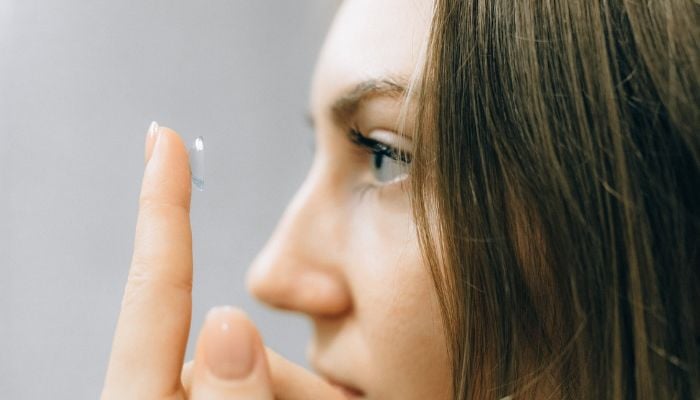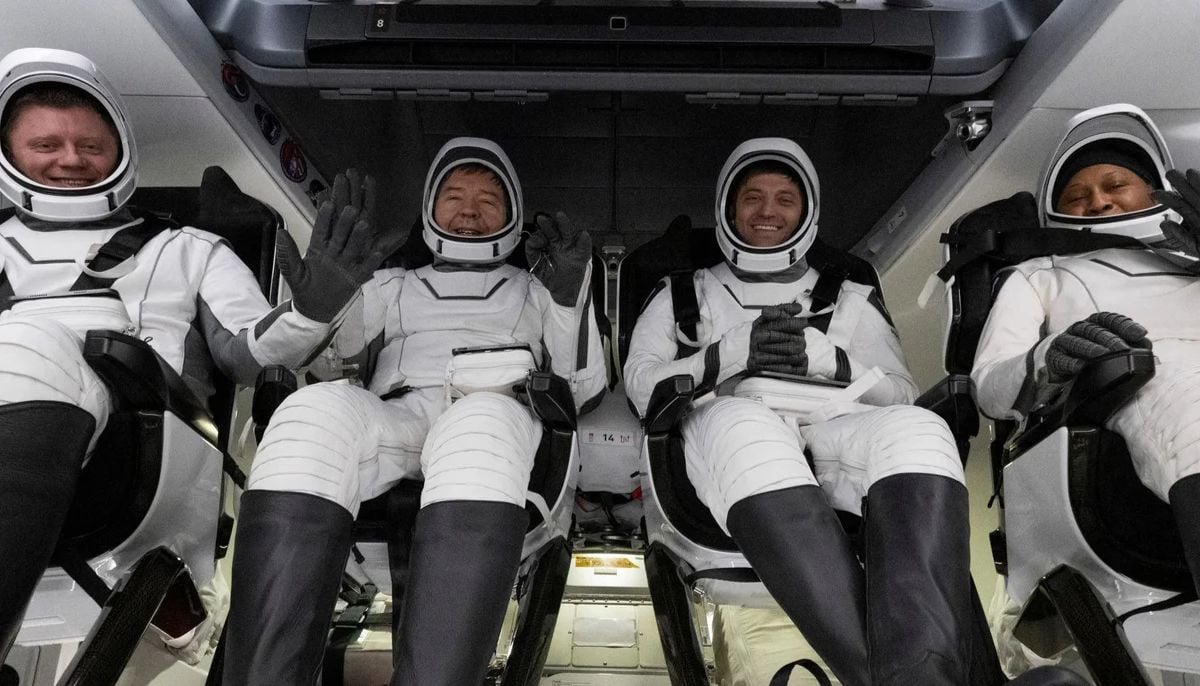Scientists develop AR-based contact lenses using 3D printing
Printing micro-patterns onto a smart contact lens using a 3D printer without utilising electricity is the secret to KERI-UNIST research
A method for printing display on a smart contact lens in 3D has been devised by researchers in Korea, eeNews Europe reported.
The smart contact lenses for augmented reality (AR)-based navigation were created by Dr Seol Seung-Smart Kwon's 3D Printing Research Team at KERI in Changwon and Professor Lim-Doo Jeong's team at Ulsan National Institute of Science and Technology (UNIST).
Printing micro-patterns onto a smart contact lens using a 3D printer without utilising electricity is the secret to the KERI-UNIST research. The ink's meniscus is the key.
The solvent evaporation in the meniscus generated between the micronozzle and the substrate causes the Prussian blue ink to solidify. When the ink-filled micronozzle and substrate make contact, an acidic-ferric-ferricyanide ink meniscus forms on the substrate.
The ink (FeFe(CN)6) crystallises heterogeneously on the substrate inside the meniscus as a result of room-temperature spontaneous interactions between the precursor ions Fe3+ and Fe(CN)3. At the meniscus surface, the solvent evaporates concurrently.
Precursor ions accumulate in the outer region of the meniscus as a result of convective flow as water molecules and precursor ions travel towards the meniscus surface during water evaporation.
In order to get consistently printed patterns on the substrate, it is essential to regulate the elements that affect the crystallisation of FeFe(CN)6 during the printing process. This phenomenon causes the edge-enhanced crystallisation of ink.
Contact lenses present a challenge for standard electroplating methods since the substrate is required to be a conductor when voltage is applied. When using the meniscus phenomenon, there are no limitations on the substrate that can be employed because crystallisation happens when the solvent naturally evaporates.
Micro-pattern technology has a resolution of 7.2 microns and can create patterns on curved surfaces as well as flat surfaces.
“Our achievement is a development of 3D printing technology that can print functional micro-patterns on non-planner substrate that can commercialise advanced smart contact lenses to implement AR,” said Dr Seol Seung-Kwon's of KERI. “It will greatly contribute to the miniaturisation and versatility of AR devices.”
Although the approach could also be employed by businesses developing batteries and biosensors that call for Prussian blue micro-patterning, the main anticipated application area is navigation for AR.
-
Watch: Beautiful northern lights dazzling over Greenland's skies
-
Wildfires are polluting our environment more than we thought: Find out how
-
3I/ATLAS flyby: Why is Jupiter’s 96th Moon drawing intense scientific interest?
-
NASA spacewalk 2026: Medical issue prompts rare talk of early ISS crew return
-
Comet 3I/ATLAS: Scientists examining images they cannot easily explain
-
Wolf Moon 2026: Will the full moon outshine the Quadrantid meteor shower?
-
SpaceX mission 2026: The Italian radar satellite takes its first orbital flight
-
Solar Eclipse 2026: When and where Europe will see total eclipse












